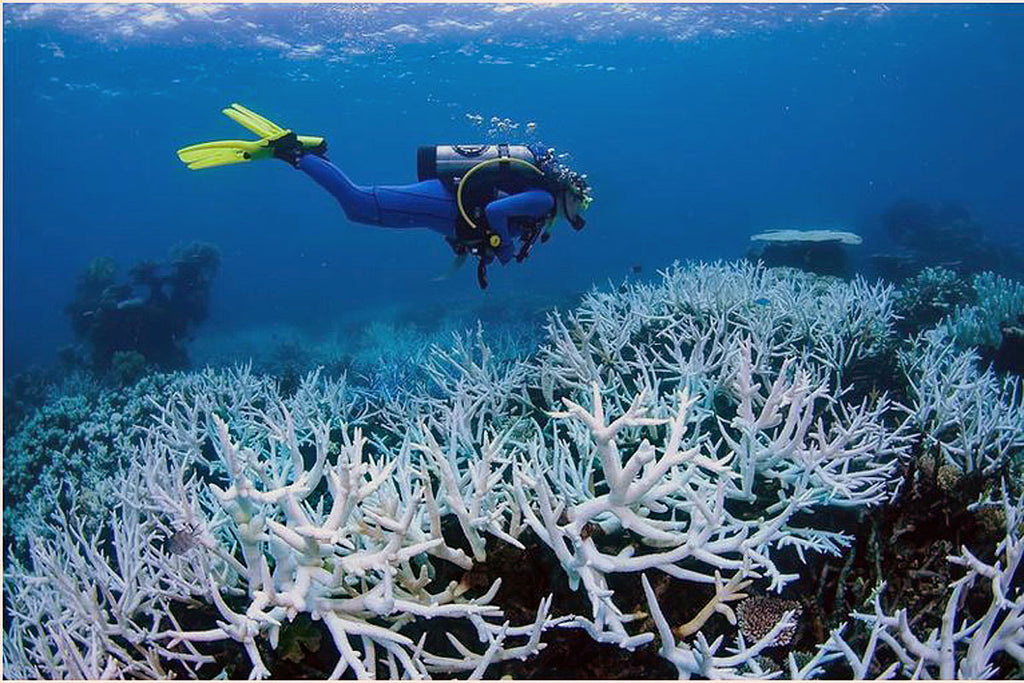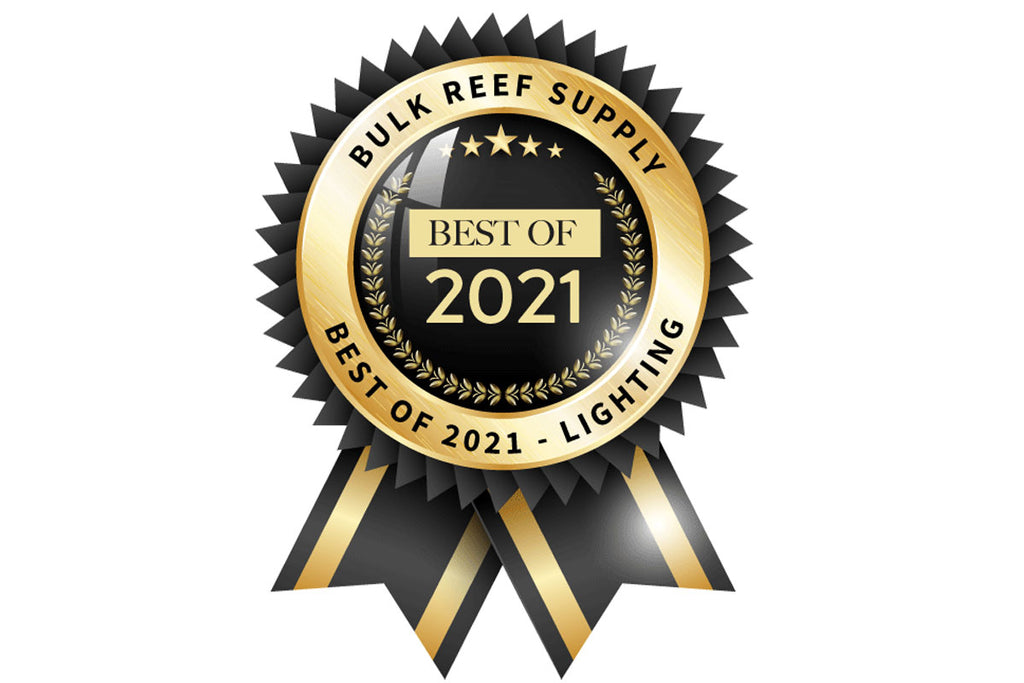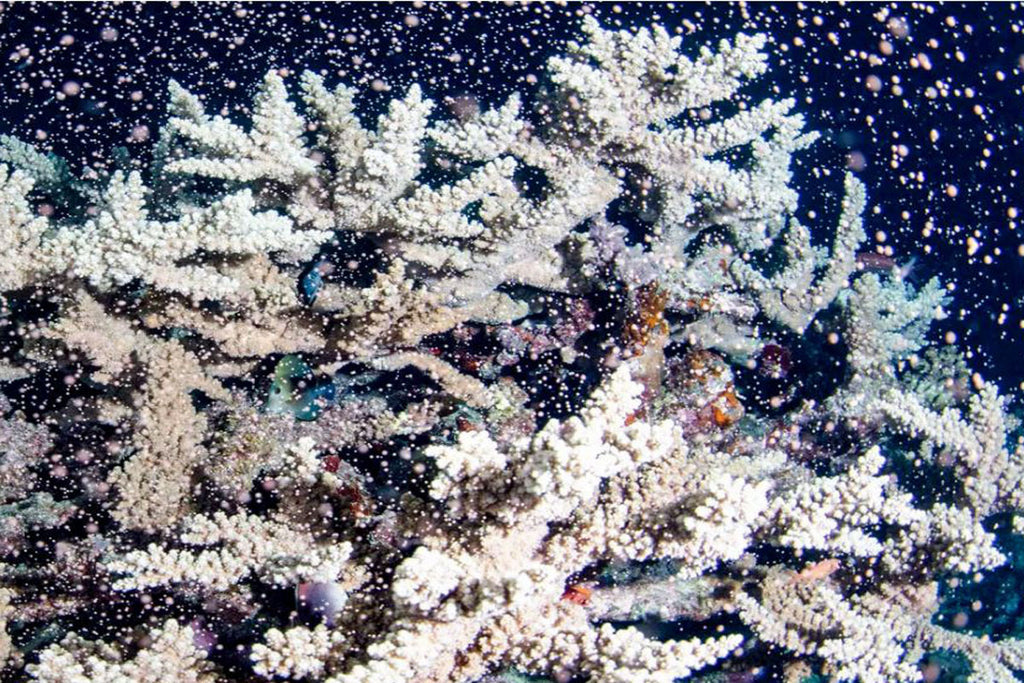Chloramine: A Virulent Adversary!
- News
- 03 Jan, 2019
For decades we have been doing everything we could to keep chlorine out of our tanks. Millions of dollars and countless hours have been spent in eradicating this scourge on our aquariums. Just when we perfect chlorine removal techniques our municipal water supplies introduce a different, more virulent adversary…CHLORAMINE!
What are Chloramines?
There are several types of chloramine. The one that we are most concerned with is the compound monochloramine that is created by dissolving chlorine gas with ammonia gas in water to create a compound consisting of 1 atom of chlorine, 1 atom of ammonia, and 2 atoms of hydrogen (NH2CL)
Why are they in our water?
There was a time in the beginning of the last century when chloramine was the disinfectant of choice for drinking water, but during WWII domestic ammonia supplies were limited. To support the war effort, water districts converted to free chlorine, i.e., chlorine not combined with any other element. Since the element chlorine is much more volatile than the compound chloramine, as it passes through the pipes it dissipates from the water. That which does not dissipate reacts more readily with other elements to create chlorine-produced oxidants (CPOs). The Environmental Protection Agency (EPA) has tasked water districts to reduce one of these CPOs (trihalomethanes) which it deems harmful. In response many water districts have converted back to chloramine. I mean, The War has been over for how long?
How do you detect chlorine?
There are tests that read free chlorine (chlorine) and total chlorine (chlorine & chloramine). Subtract the free chlorine from the total chlorine to get the amount of chloramine in your water. I believe that the easiest way to find out if you have chloramine in your water is to simply call your local municipal water company. They are not hiding anything. Most are rather proud to be “modernizing”.
What are the effects on my tank?
In time it could be quite detrimental. Chloramine enters our fish’s blood streams through their gills. Once in the blood stream it reacts with the hemoglobin, which carries oxygen to the fish’s cells, converting it to methemoglobin. The loss of hemoglobin causes a lack of oxygen in the fish’s cells, anoxia, and eventually death. Not a pretty way to die. Chloramines do not evaporate, so with every top off you are adding more chloramine to your water. Over time the chloramine levels will rise to a point that is beyond what is tolerable. A tank that has low levels of chloramine will slowly increase its levels over time unless water changes are done with chloramine-free water.
What are the effects on my RO Systems?
Not only is chlorine bad for your tank inhabitants, but it’s also bad for the effectiveness of your RO membrane. Most RO and RO/DI systems include a carbon filter to remove chlorine from the water before it gets to the membrane. Since chloramine has the ammonia and hydrogen atoms attached, the chlorine cannot be absorbed by normal activated carbon filters. Instead it passes straight through to foul the membrane, thus reducing its ability to remove total dissolved solids (TDS). Eventually your handy RO/DI system is virtually useless and you are hauling water in from your aquarium store, AGAIN!
How do I remove Chloramine?
The best way to insure that chloramine does not affect your tank or your membrane is to prevent them from entering in the first place.-The whole “Ounce of Prevention” thing. The addition of the in-line KDF 85 / Catalytic GAC Cartridge between your Sediment and Carbon cartridges on your RO Buddie would separate the chlorine from the ammonia by removing the hydrogen atom that holds them together. Once the chlorine is free it can be absorbed by the carbon filter before it hits the membrane, thus saving your RO/DI system, your precious critters and your even more precious sanity.
So, if you are having issue with the TDS on your RO/DI system call your local water company and see if they have been dragged kicking and screaming into the 21st Century. If you simply replace your membrane and add the KDF 85/Catalytic GAC Cartridge, all should be good.







